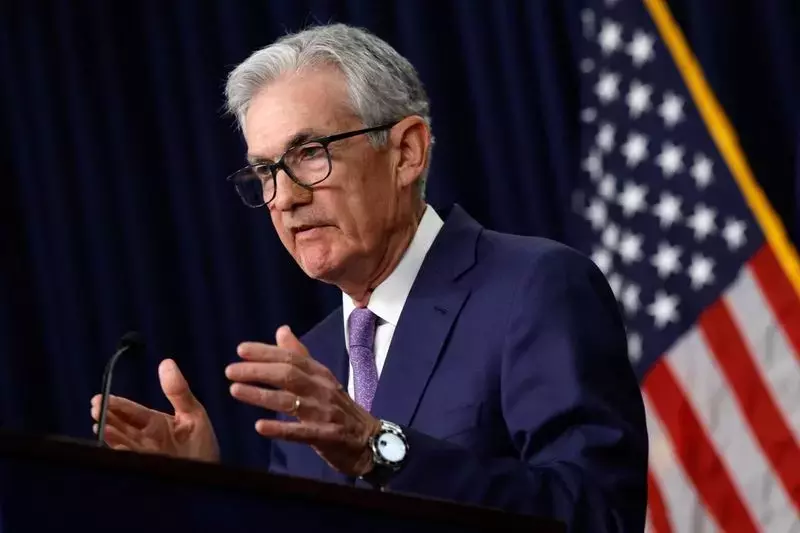Navigating the Shifting Tides: Investors Brace for a Volatile September
As the month of September draws to a close, investors are bracing for a mixed start to the trading week. With the Dow Futures contract down 28 points, S&P 500 Futures trading lower, and Nasdaq 100 Futures dropping, the last trading day of the month is likely to begin on a slightly downbeat note. However, the Federal Reserve's decision to cut interest rates by a significant 50 basis points has set the stage for a potentially positive September, despite the historical weakness of this month for the stock market.Navigating the Shifting Tides: Investors Brace for a Volatile September
A Resilient Market Amid Economic Headwinds
Despite the initial downbeat sentiment, the broader market has shown remarkable resilience in September. The blue-chip Dow Jones Industrial Average has gained 1.8% month-to-date, reaching a new record high on Friday. The broad-based S&P 500 has also risen 1.6%, while the tech-heavy Nasdaq has advanced 2.3%. This optimism is largely driven by investors' expectations that the Federal Reserve will deliver another substantial 50-basis point interest rate cut at its next meeting, bolstered by easing price pressures and weakening labor demand.Shifting Gears: The Fed's Influence on Investor Sentiment
As the market eagerly awaits the Federal Reserve's next move, investors are closely monitoring comments from Fed Chair Jerome Powell at the National Association for Business Economics annual meeting in Tennessee. Powell's insights on the economic outlook are likely to shape investor sentiment and influence the direction of the market in the coming days.The Jobs Report: A Barometer for Economic Health
Adding to the mix, the week will culminate with the release of the October nonfarm payrolls report on Friday. Economists are forecasting that the US economy added 144,000 jobs during the month. Investors will be keenly watching this data, as it could either support expectations for a soft-landing scenario, where the Fed tames inflation without significantly impacting growth, or revive concerns about the prospect of a recession.Sector Spotlight: Navigating the Shifting Landscape
Amidst the broader market movements, certain sectors have stood out. The consumer discretionary sector has emerged as the S&P 500's best-performing sector in September, climbing 7.3% higher. Utilities, on the other hand, have followed closely with a rise of around 6%. In contrast, financials, healthcare, and energy sectors have all registered declines this month.Corporate Earnings: Carnival Leads the Charge
As the third quarter comes to a close, the corporate earnings season is set to kick off. Carnival (NYSE: CCL) will be the first major company to announce its quarterly results on Monday. Investors will be closely watching this report, as it could provide valuable insights into the state of the consumer discretionary sector and the broader economic landscape.Stellantis Stumbles: Challenges in the Auto Industry
In the corporate world, Stellantis (NYSE: STLA), the auto giant known for brands such as Chrysler, Dodge, and Jeep, has faced a setback. The company has slashed its annual forecasts and warned of higher cash burn, citing worsening trends in the industry, increased costs to overhaul its U.S. business, and intensifying competition from Chinese electric vehicle manufacturers.Geopolitical Tensions: Potential Ripple Effects on Oil Prices
Amidst the market dynamics, geopolitical tensions have also come into play. Oil prices have edged higher on Monday, with the Brent contract climbing 0.2% to $71.69 per barrel and U.S. crude futures (WTI) trading largely flat at $68.17 per barrel. This uptick is attributed to the possibility of a widening Middle East conflict, as Israel has stepped up its attacks on Iranian-backed Hezbollah and Houthi militant groups.Demand Concerns and Market Volatility
The oil market has faced its own set of challenges, with both Brent and WTI contracts falling last week as demand worries increased. This came after fiscal stimulus measures from China, the world's second-largest economy and top oil importer, failed to reassure market confidence. As investors navigate these shifting tides, the potential for continued market volatility remains a key consideration.

